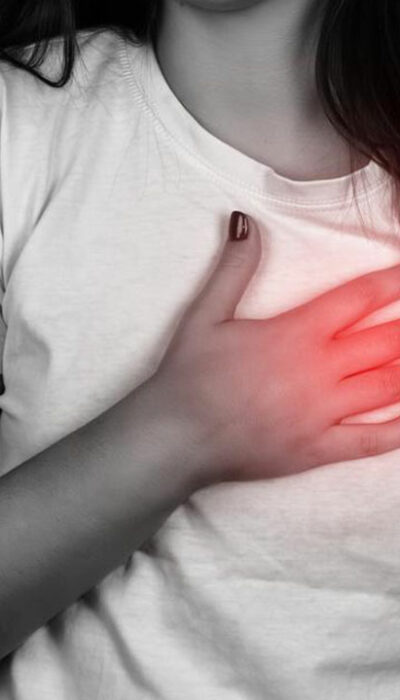
5 foods that help cope with idiopathic pulmonary fibrosis
Idiopathic pulmonary fibrosis (IPF) is a severe disease that can cause scar tissue to grow inside the lungs. The abnormal growth of such tissue can slow the flow of oxygen from the lungs to the blood and make it harder to breathe. There is no cure for IPF, but a few treatments can slow its progression and prolong life expectancy. Furthermore, combining these five foods with treatments may also help cope with the lung condition. Apples Eating apples regularly is known to have several health benefits. Improving lung health is one of them. The fruit contains quercetin, an antioxidant that compliments the lungs. Eating about five or more apples a week will help reduce lung diseases like COPD and pulmonary fibrosis. Beetroots and beet greens People who eat beetroots and beet greens have shown signs of better lung function. The food is rich in nitrates, which help calm the blood vessels. The compound is also known to curb blood pressure and smoothen the flow of oxygen to the respective organs in the body. Furthermore, beet greens contain magnesium, potassium, vitamin C, and carotenoid antioxidants. These elements also benefit lung health. Pumpkin Pumpkins are a popular fruit abundant in properties like carotenoids, including zeaxanthin, lutein, and beta carotene. These elements have strong antioxidant and anti-inflammatory properties. And studies reveal that young and older individuals with higher blood levels of carotenoids benefit from improved lung health. Tomatoes Adding tomatoes to one’s daily meals shows links to improved lung function. They contain lycopene – a carotenoid antioxidant associated with better lung health. Furthermore, people with asthma, who consumed tomato-based products, also experienced reduced airway inflammation. The compounds present in tomatoes also improve lung function in people with COPD. Oysters Oysters are a popular food that helps cope with lung diseases like idiopathic pulmonary fibrosis.










